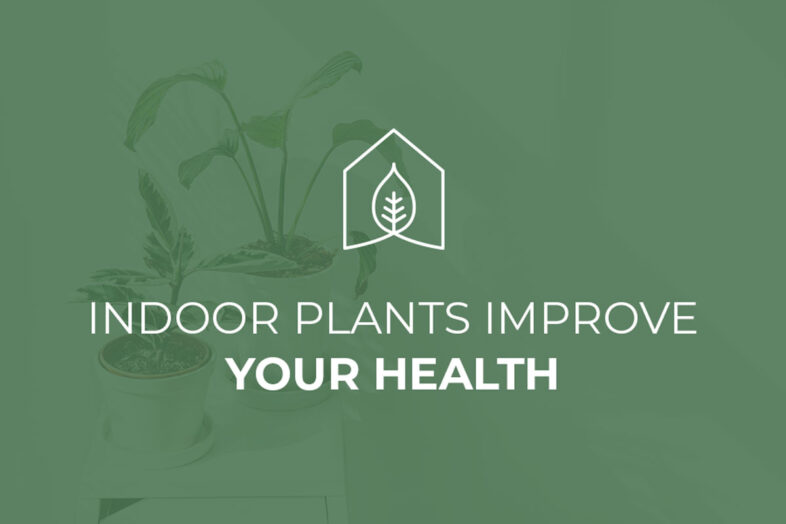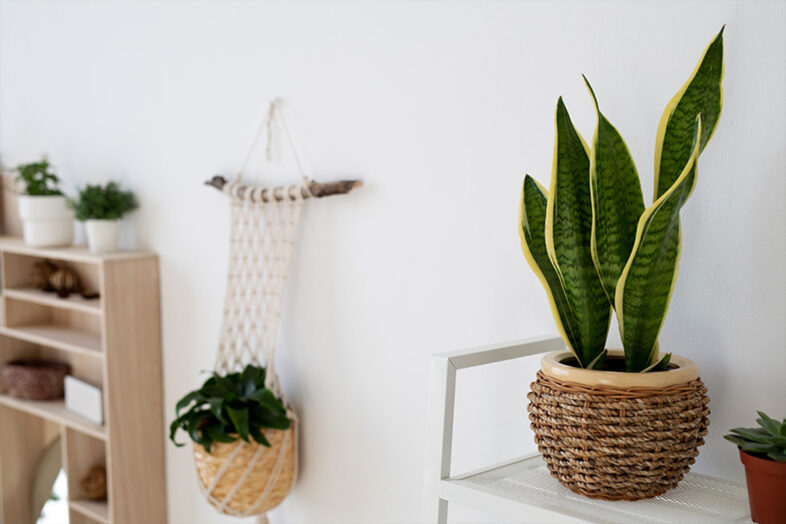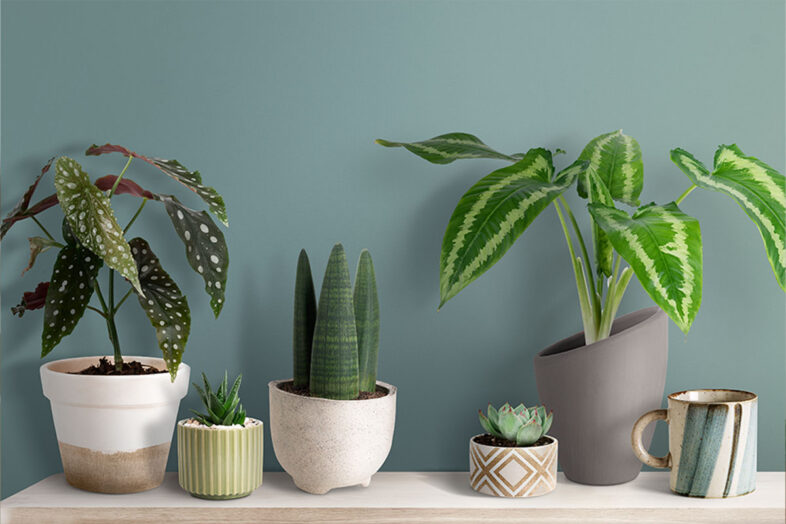- November 10, 2023
- 100
- Eco News
According to the Environmental Protection Agency, we spend about 90 percent of our time indoors. The amount of time spent inside exposes us to indoor air pollution. The reasons of this type of pollution are multiple since it can be caused by materials used in furnishings, carpets and upholstery; by dry-cleaned clothing; wall pain; the presence of synthetic building materials; the use of toxic cleaning products and pesticides; bacteria, mold and even outdoor pollution that enters into the house. A solution to prevent indoor air pollution to become serious is to have some indoor plants in your house.
Often, indoor air pollution does not generate health issues. But, in some cases, when the ventilation is not enough, or when someone is highly sensitive, indoor air pollution can make you feel sick. Some of the symptoms are nausea, headaches and fatigue. Luckily, indoor plants have air-boosting and health benefits. They ease coughing and congestion, lower your stress and boost your attention span.
Are you ready to clean the air in your home by using indoor plants? Keep reading to know more about air-purifying plants that are hard to kill.
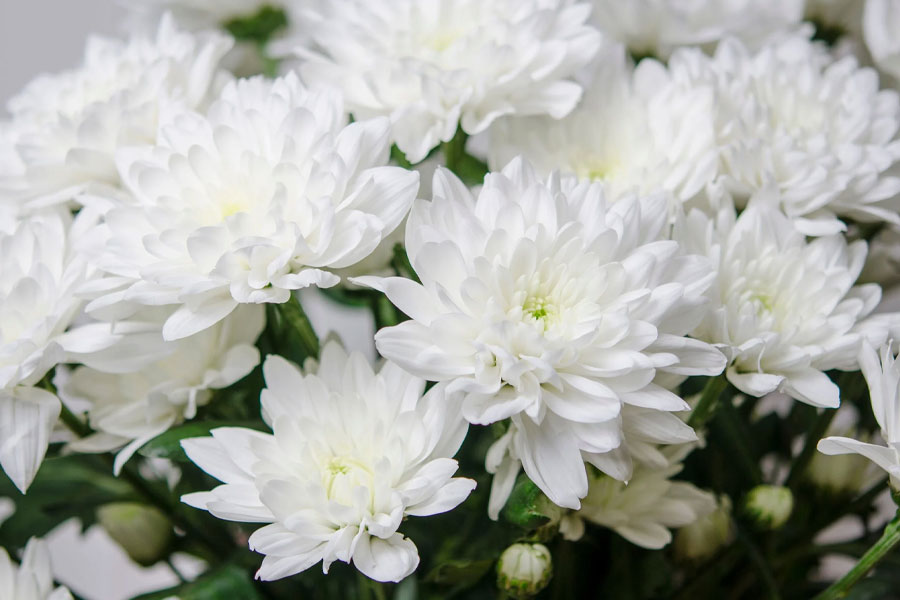
Garden Mum
Garden mum is popular and inexpensive plant. It has beautiful blooms and is perennial. Garden mums occasionally require some deadheading. You should display them in a cool spot that provides less than ten hours of sunlight. Garden mums are toxic to pets if eaten, so keep them out of reach. Scientific name: Chrysanthemum morifolium.
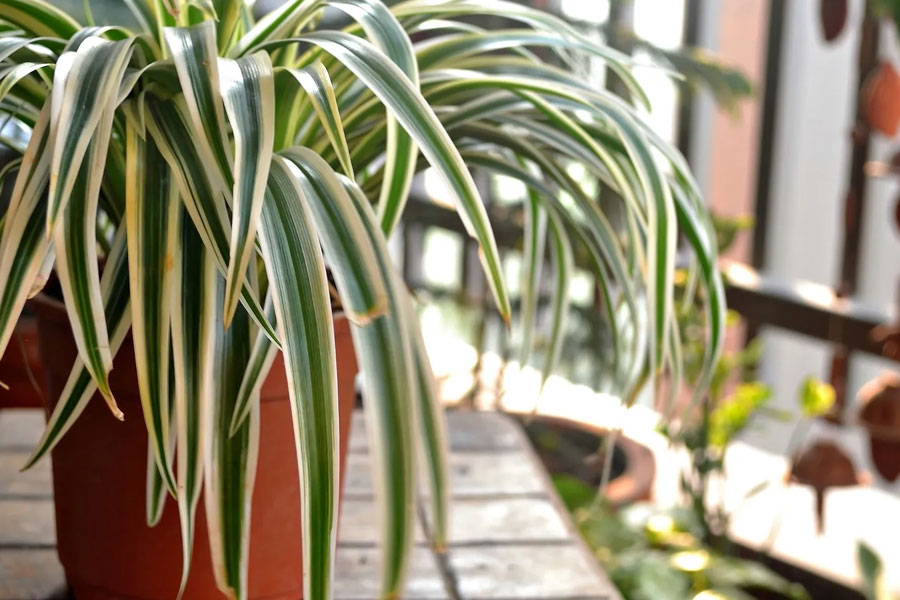
Spider Plant
This species is one of the easiest air-purifying indoor plants to grow. Spider plants are fans of bright and indirect sunlight. They send out shoots with flowers that turn into baby spider plants. Place the babies in their own pot of soil while they still attached to the mother plant. Once rooted, snip them off. Scientific name: Chlorophytum comosum.
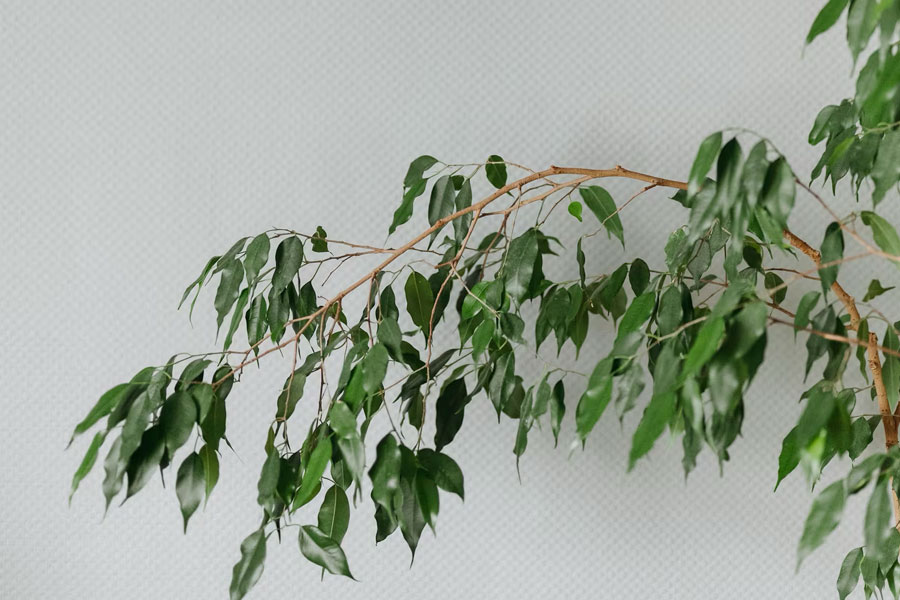
Ficus
When it grows indoors, this hardy plant can reach 10 feet. This low-maintenance beauty grows in bright and indirect light. Remember to allow the soil to dry out between waterings. Scientific name: ficus.
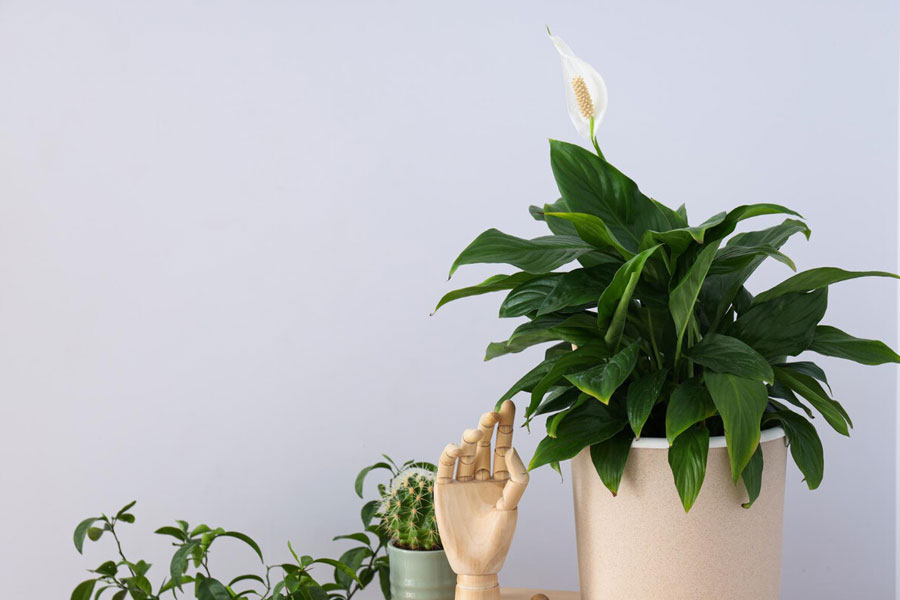
Peace Lily
This indoor plant is small and, therefore, ideal for compact spaces. Peace lilies grow in shady spots. Keep the soil moist without overwatering and you will have flowers for much of the summer. Peace lilies bring some pollen and floral scents. Scientific name: Spathiphyllum.
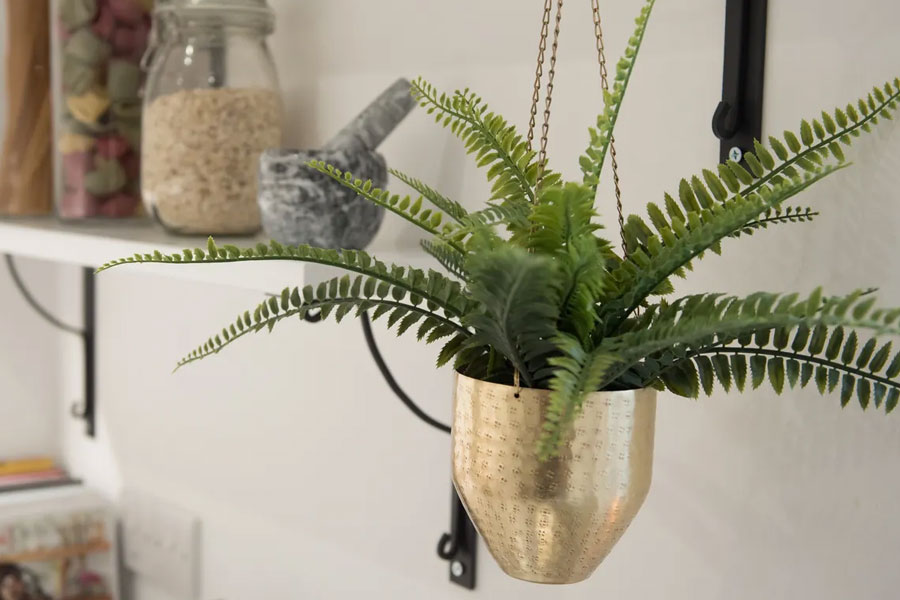
Nephrolepis exaltata
Boston fern plants prefer cool locations with high humidity and indirect light. They are easy to grow, but they need to stay moist constantly. Check this indoor plant soil daily to see if it needs more water. Scientific name: Nephrolepis exaltata.
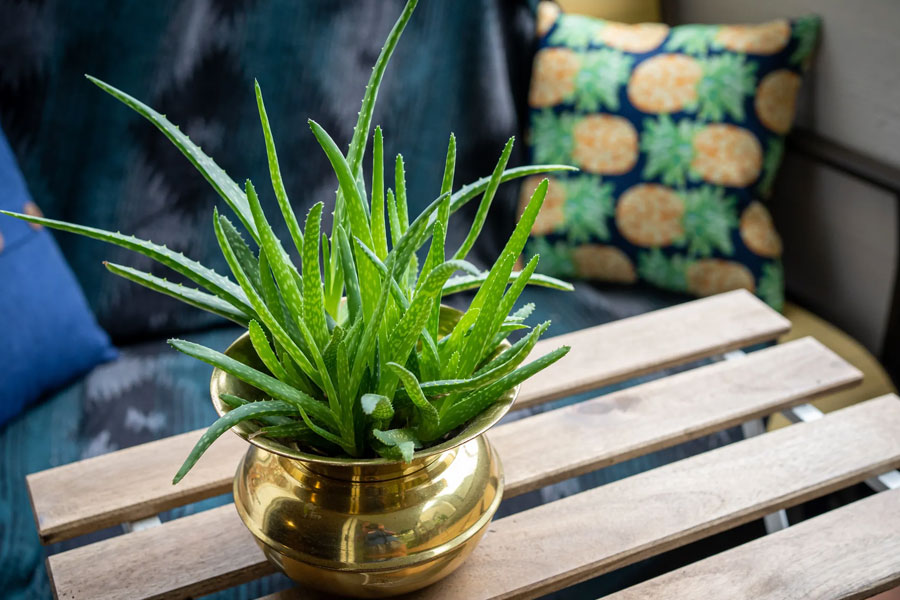
Aloe Vera
Aloe vera is not only easy to care for, but it also comes with important health wins. The plant’s leaves have a liquid that is full of vitamins, amino acids, enzymes and other compounds that provide antibacterial, anti-inflammatory and wound-healing properties. To take advantage of its properties, just break open a leaf to get the healing goo.




